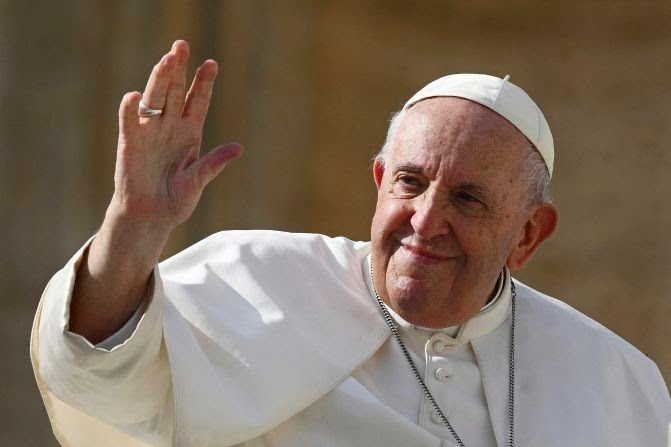In the rapidly evolving digital age, media has cemented its role as a cornerstone in shaping national discourse and influencing decision-making processes. I am discussing the transformative effect of media, including traditional outlets like newspapers and television, and modern platforms such as social media and digital news sources.
Through a focused case study on the role of media during the COVID-19 pandemic, I examine how information dissemination significantly impacted public opinion and policy decisions on both national and international levels.
Media’s role as an informer, influencer, and agenda-setter has been acknowledged since the advent of printed news. However, with the proliferation of the internet and social media, its impact has surged.
Information is now transmitted at unprecedented speeds, reaching diverse audiences and affecting perceptions, opinions, and actions in real-time. My article investigates these dynamics, highlighting how media can drive or hinder societal debate and governmental resolutions.
Theories such as Agenda-Setting and Framing provide a framework for understanding how media influences public perception and policy. Agenda-Setting Theory suggests that media doesn’t tell people what to think, but rather what to think about, prioritizing certain issues over others. Meanwhile, Framing Theory examines how the presentation of news stories affects audience interpretation.
The COVID-19 pandemic serves as a compelling case study to analyse media’s power in shaping national discourse.
At the pandemic’s onset, media played a vital role in disseminating critical information about the virus, spreading knowledge on safety practices, symptoms, and government health guidelines.
Platforms like Twitter and Facebook became essential for real-time updates, while traditional media outlets provided in-depth analysis and ongoing coverage.
The portrayal of information about the virus, ranging from its origins to vaccine efficacy, was subject to significant variation across different media channels. This polarization influenced public trust and compliance with health measures.
Misinformation, often propagated through social media, highlighted challenges in maintaining effective public communication strategies.
Governments relied on media to communicate policy changes and health mandates. Concurrently, media coverage influenced policymakers, either reinforcing public sentiment or necessitating shifts in policy due to public outcry.
Different countries witnessed varying levels of media influence. For instance, nations with higher trust in media saw better compliance with health guidelines, whereas countries grappling with fragmented or state-controlled media faced challenges in public compliance and policy enforcement.
Media as a Double-Edged Sword: While it acts as a crucial information tool, the rapid spread of misinformation showcased its potential drawbacks.
Enhancing media literacy can empower the public to critically evaluate information, thus bolstering media’s positive role in society.
The balance between freedom of the press and the spread of misinformation necessitates discussions about media regulations and responsibilities.
In understanding the power of media, it becomes clear that its role extends beyond mere information dissemination. It is a key player in shaping national discourse and decisions, capable of both uniting and dividing public opinion.
As we approach future societal challenges, strengthening effective media practices and literacy will be essential to harness its power for informed and cohesive decision-making.
*Dr. Afolabi Olajuwon is a Fellow of the Nigerian Institute of Public Relations, Fellow of the Institute of Management Consultants, a Researcher and resource person at the International Institute of Journalism, Abuja.





